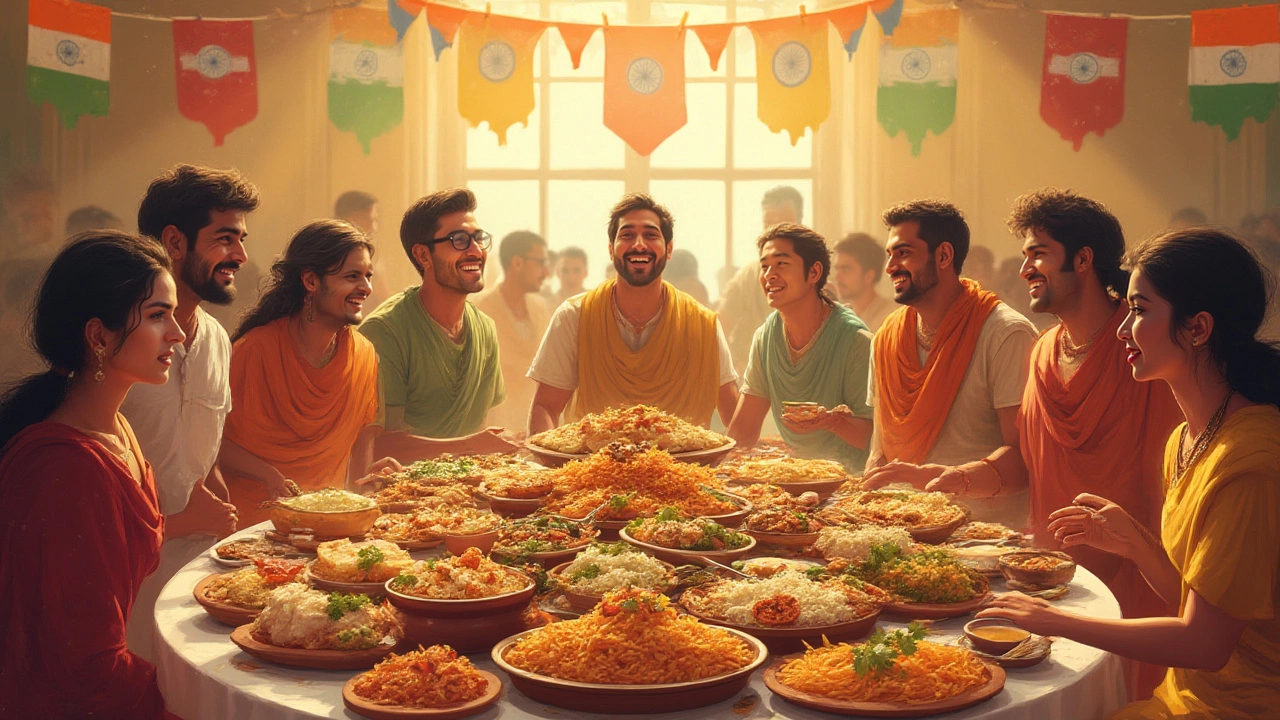SEARCH
Dish Origin – Where India’s Famous Dishes Truly Come From
Ever wondered why a plate of dosa tastes different in Chennai than in Bengaluru? The answer lies in its origin. Knowing a dish’s backstory helps you pick the right spot, avoid tourist traps, and talk like a local. In this guide we break down the basics of dish origins across India, so you can enjoy each bite with confidence.
Why Knowing a Dish’s Origin Matters
First, it tells you what to expect. A biryani from Hyderabad will never taste the same as a Kolkata version because the spices, cooking method, and even the rice type change with the region. Second, it saves you money. Street food that’s famous in its hometown is usually cheaper and more authentic than a rewritten version in a tourist hub. Third, it lets you connect with the culture. When you order a plate of pakhala bhata in Odisha and hear the story of rice soaked in water for a hot day, you’re part of a living tradition.
Finally, knowing origins helps you respect local customs. Some dishes are tied to festivals or religious practices. Eating modak during Ganesh Chaturthi feels right because that’s how locals have celebrated for centuries. Understanding these links makes your travel experience richer and more mindful.
Spotlight on Iconic Indian Dishes
Dosa – South India: The thin, crispy crepe started in the coastal towns of present‑day Tamil Nadu. It’s made from fermented rice and urad dal batter. The fermentation gives it a sour tang that balances the hot oil. Try it with coconut chutney in a small family‑run eatery for the true taste.
Rogan Josh – Kashmir: This red, meat‑rich curry came from Persian chefs who arrived in the Himalayas in the 16th century. The signature color comes from dried Kashmiri chilies, not paprika. Look for it in a tandoor‑cooked version, which keeps the meat juicy.
Pav Bhaji – Mumbai: Born on the bustling streets of Mumbai in the 1850s, pav bhaji was a “work‑men’s lunch.” Vendors mixed leftover veggies, mashed them, and served with butter‑soaked buns. Today you’ll find it in both humble stalls and upscale restaurants—pick a stall for the original flair.
Biryani – Hyderabad: The Mughal‑influenced rice dish merged with local Telugu flavors. Hyderabadi biryani layers fragrant basmati with marinated meat, saffron, and caramelized onions. The key is the “dum” cooking method—seal the pot and let steam finish the job.
Misal Pav – Maharashtra: This spicy lentil mash topped with crunchy farsan started in Pune as a quick breakfast for students. The combination of sweet, sour, and spicy makes it addictive. Order it with a side of fresh cucumber to balance the heat.
When you know where a dish comes from, you can spot the little details that make each version unique. Look for local ingredients: coconut in Kerala, mustard oil in Bengal, or ghee in Punjab. Those hints tell you the dish is staying true to its roots.
So next time you sit down for a meal, ask the chef or the server about the dish’s origin. Most will love sharing the story, and you’ll walk away with more than just a satisfied stomach. Enjoy the flavors, respect the history, and keep exploring—India’s culinary map is vast, and every bite is a new adventure.

India's National Dish: The Truth Behind the Nation's Culinary Crown
Is there a single dish that represents India? Find out if India has an official national dish, which foods earn local pride, and the truth behind curry's fame.
Continue reading